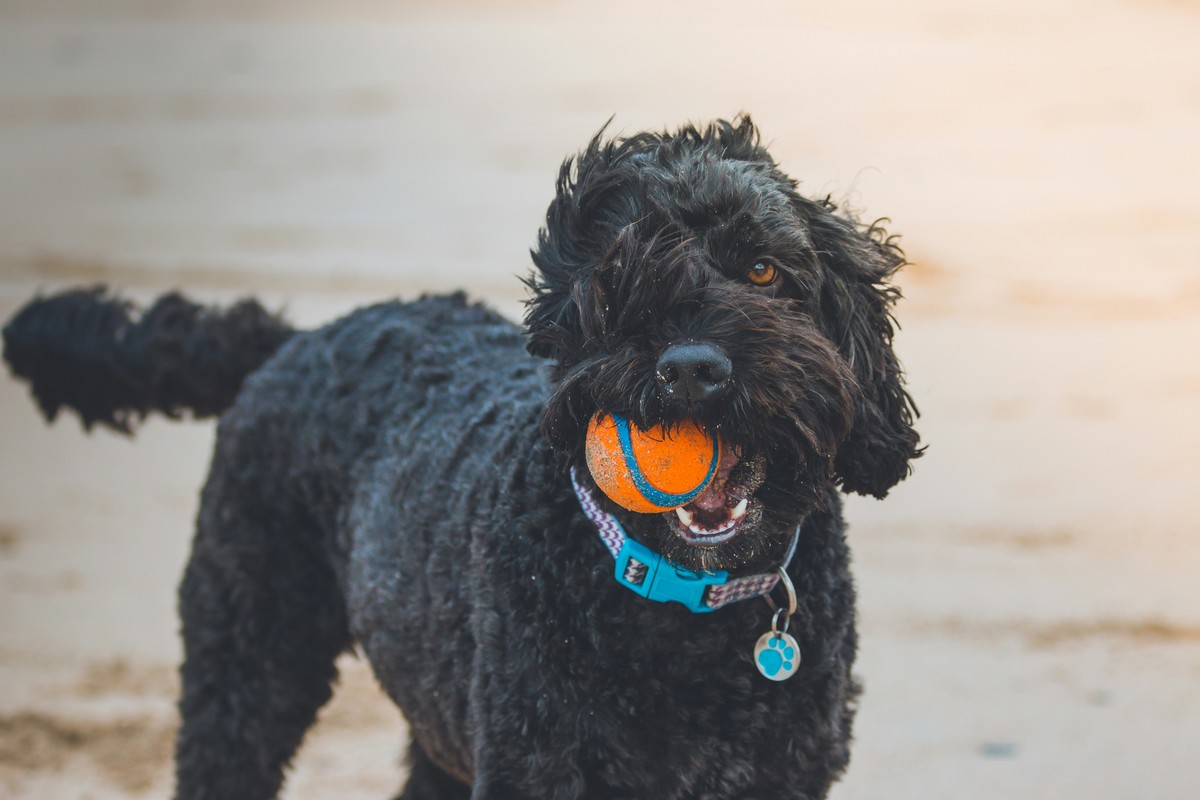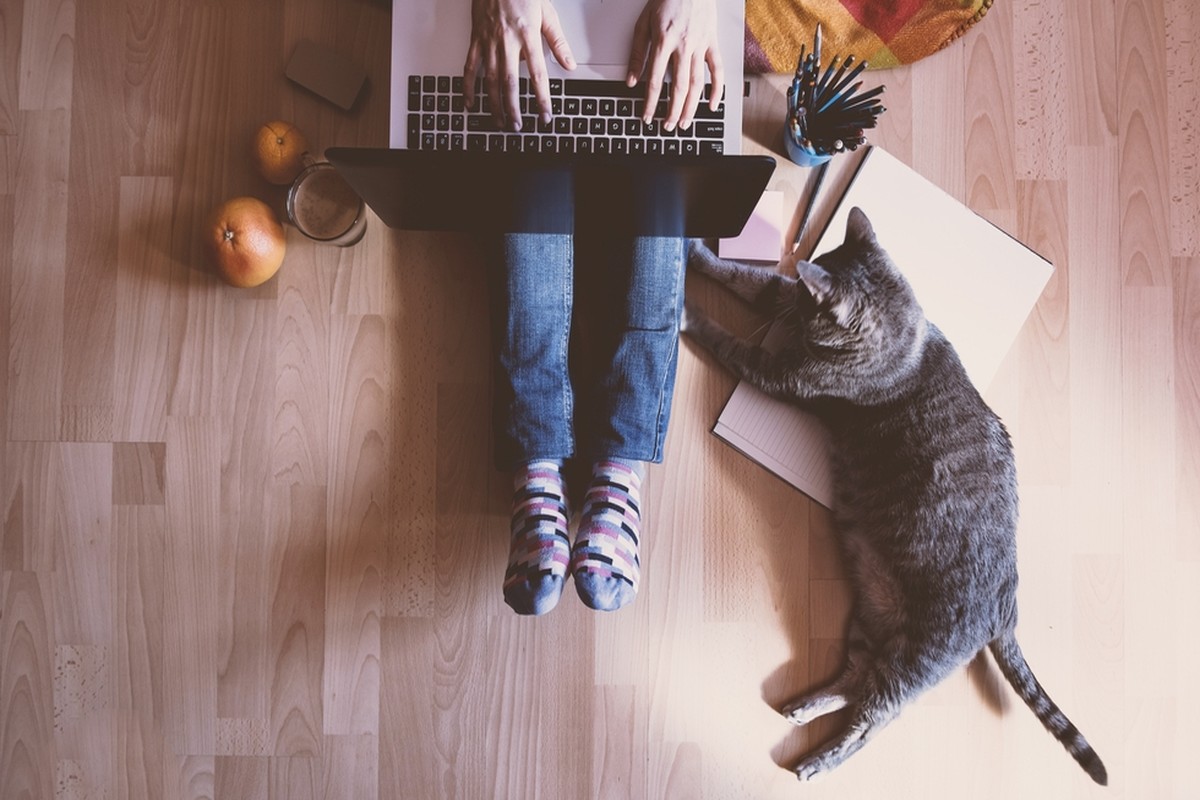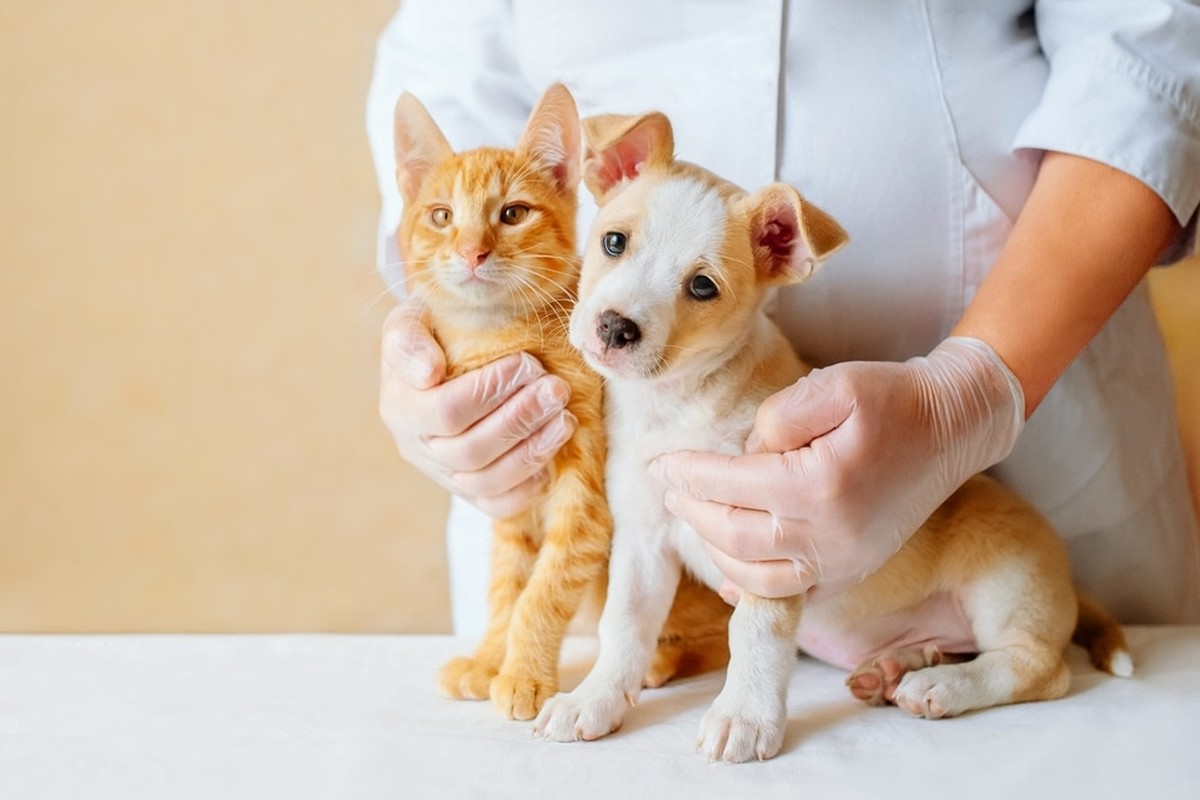Behavior problems in puppies can be challenging, but with patience and consistency, you can correct unwanted behaviors. Here are some common puppy behavior problems and how to address them.
- Chewing: Puppies explore the world with their mouths, and chewing is a natural behavior. Provide plenty of chew toys to satisfy their need to chew. If your puppy chews on inappropriate items, redirect them to a toy and praise them when they chew on it. Puppy-proof your home by keeping valuables out of reach.
- Nipping and Biting: Puppies often nip and bite during play. To discourage this behavior, yelp or say “ouch” loudly to mimic the reaction of a littermate, then stop playing for a few moments. Offer a chew toy as an alternative. Consistency is key to teaching your puppy that nipping and biting are not acceptable.
- Barking: Excessive barking can be a nuisance. Identify the cause of the barking—whether it’s attention-seeking, boredom, or anxiety—and address it. Teach the “quiet” command by rewarding your puppy when they stop barking on cue. Provide plenty of mental and physical stimulation to reduce boredom-related barking.
- Jumping: Puppies often jump up to greet people. To curb this behavior, ignore your puppy when they jump and only give attention when all four paws are on the ground. Reward calm behavior with treats and praise. Consistency and positive reinforcement will help your puppy learn that jumping is not rewarded.
- Digging: Digging is a natural behavior for many dogs. Provide a designated digging area or sandbox to allow your puppy to dig without damaging your yard. If your puppy digs in inappropriate areas, redirect them to the designated spot and reward them for using it.

- House Training Accidents: House training takes time and patience. Establish a consistent routine for taking your puppy outside to potty, especially after eating, drinking, and waking up. Praise and reward your puppy immediately after they go outside. If accidents happen indoors, clean the area thoroughly to remove odors and avoid punishment, which can create fear and confusion.
- Separation Anxiety: Some puppies experience anxiety when left alone. Gradually accustom your puppy to being alone by leaving them for short periods and gradually increasing the time. Provide comfort items like a favorite toy or blanket, and create a positive association with your departure by giving a treat or engaging toy.
- Leash Pulling: Teach your puppy to walk politely on a leash by using a no-pull harness and practicing loose leash walking. Stop walking if your puppy pulls, and only move forward when the leash is slack. Reward your puppy for walking beside you with treats and praise.
- Fearful Behavior: Puppies can be fearful of new experiences, people, or objects. Gradual exposure and positive reinforcement can help build their confidence. Avoid forcing your puppy into fearful situations and provide a safe space where they can retreat if needed.
- Resource Guarding: If your puppy guards food, toys, or other resources, work on desensitizing them to your presence near these items. Trade high-value items for equally valuable treats, and practice the “leave it” command. Consult a professional trainer if resource guarding becomes severe.

Addressing puppy behavior problems requires patience, consistency, and positive reinforcement. By understanding the underlying causes of these behaviors and using gentle, effective training methods, you can help your puppy develop good habits and become a well-behaved adult dog.



